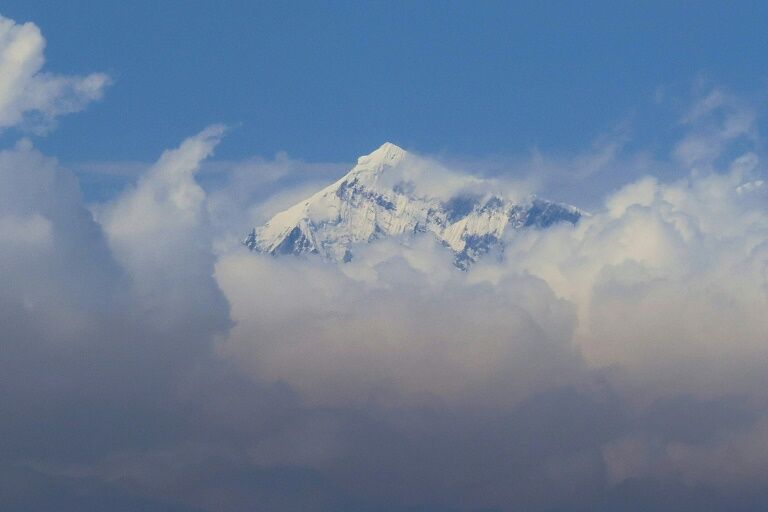Mount Everest’s appeal and challenges in a changing world

Mount Everest is preparing for a record number of climbers this season, with approximately 1,000 people expected to attempt the summit of the world’s highest peak. However, climbing the impressive 8,849-metre mountain is not only expensive but also dangerous, and the risks may be growing due to overcrowding and climate change.
Ever since Mount Everest was identified as the world’s tallest mountain, it has captured the imagination of climbers. Over 6,000 people have successfully reached the summit, with the majority doing so in the past two decades. The cost of climbing Everest varies, ranging from US$45,000 to US$200,000, depending on the services and level of luxury provided. This includes travel, insurance, equipment, and guides alongside a US$11,000 permit for foreign climbers.
Mount Everest has always been perilous, with more than 300 people losing their lives since climbing began, according to the Himalayan Database. Although no extensive research has been conducted into the relationship between climate change and mountaineering risks in the Himalayas, climbers have reported widening crevasses, running water on previously snowy slopes, and increased formation of glacial lakes. A study in 2019 warned that Himalayan glaciers were melting at twice the rate of the previous century.
Overcrowding on the mountain is another significant risk factor, particularly as some climbers may be ill-prepared for the challenge. In 2019, a massive traffic jam on Everest forced climbers to wait for hours in freezing temperatures, leading to depleted oxygen levels that can cause sickness and exhaustion. At least four of the 11 deaths that year were attributed to overcrowding. This season, Nepal has already issued 466 permits to foreign climbers, and with each climber typically requiring a guide, over 900 people are expected to attempt the summit.
Nepali guides, primarily ethnic Sherpas from nearby valleys, form the backbone of the multimillion-dollar industry. They carry equipment and food, fix ropes, and repair ladders while facing significant risks. Nepali mountaineers are gradually receiving recognition in their own right, with the top records on Himalayan peaks being held by Nepalis, showcasing their climbing abilities. “In the beginning, Nepalis climbed for survival, but this is changing as the next generation gains experience and education,” said Ang Tshering Sherpa, former president of the Nepal Mountaineering Association, reports Bangkok Post.
Latest Thailand News
Follow The Thaiger on Google News:
























